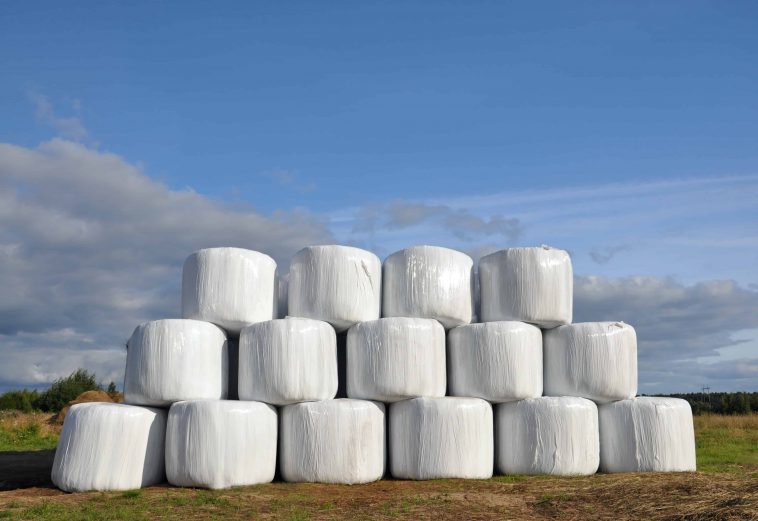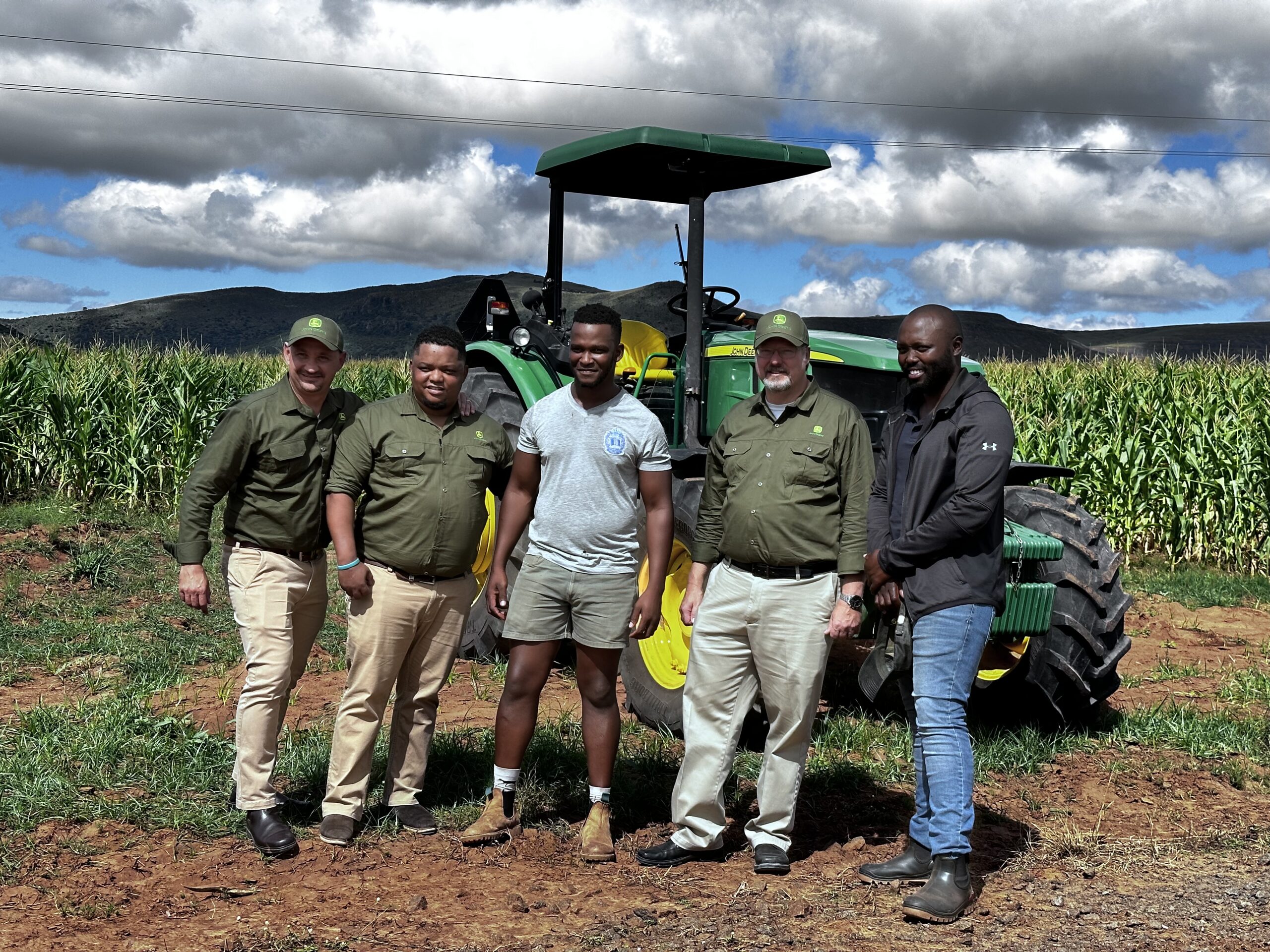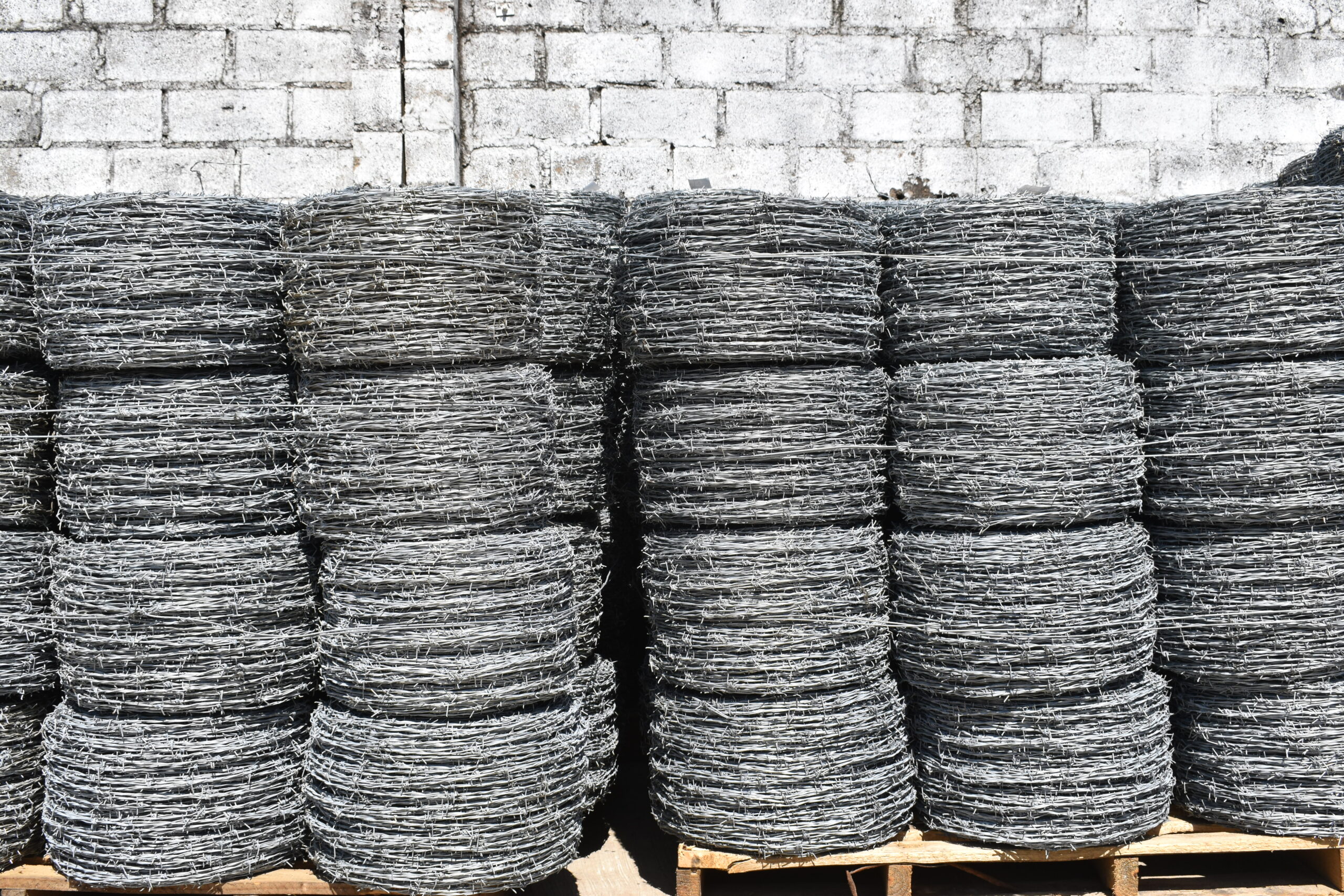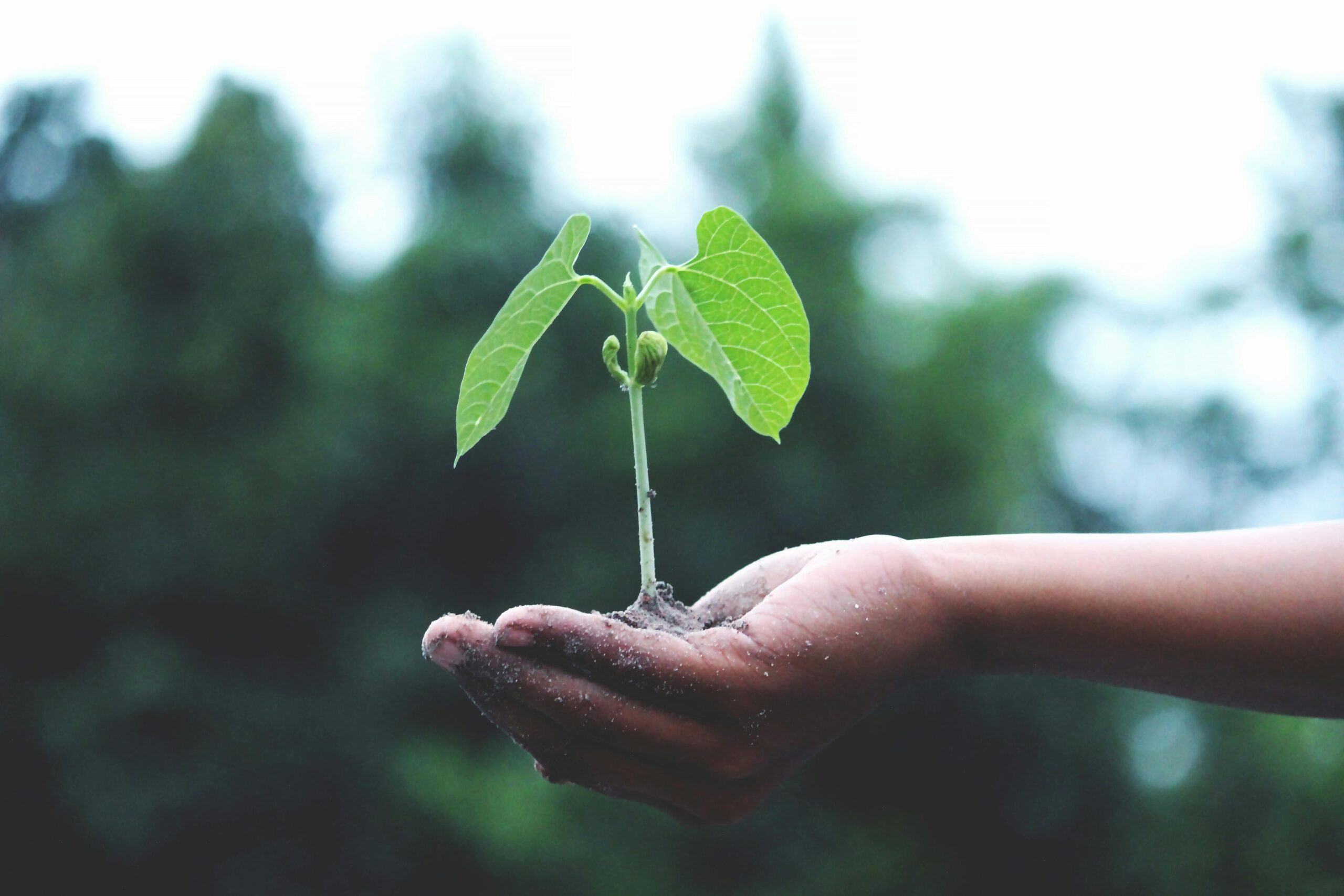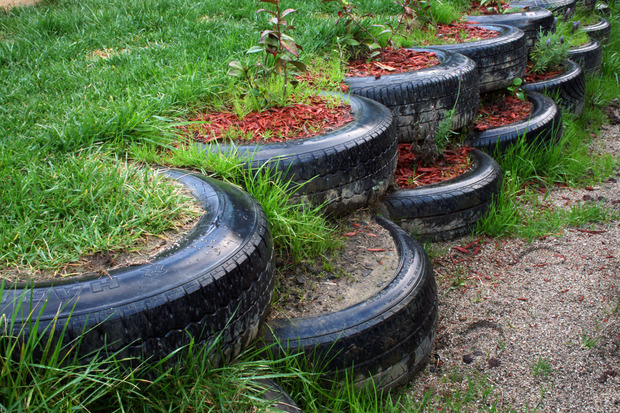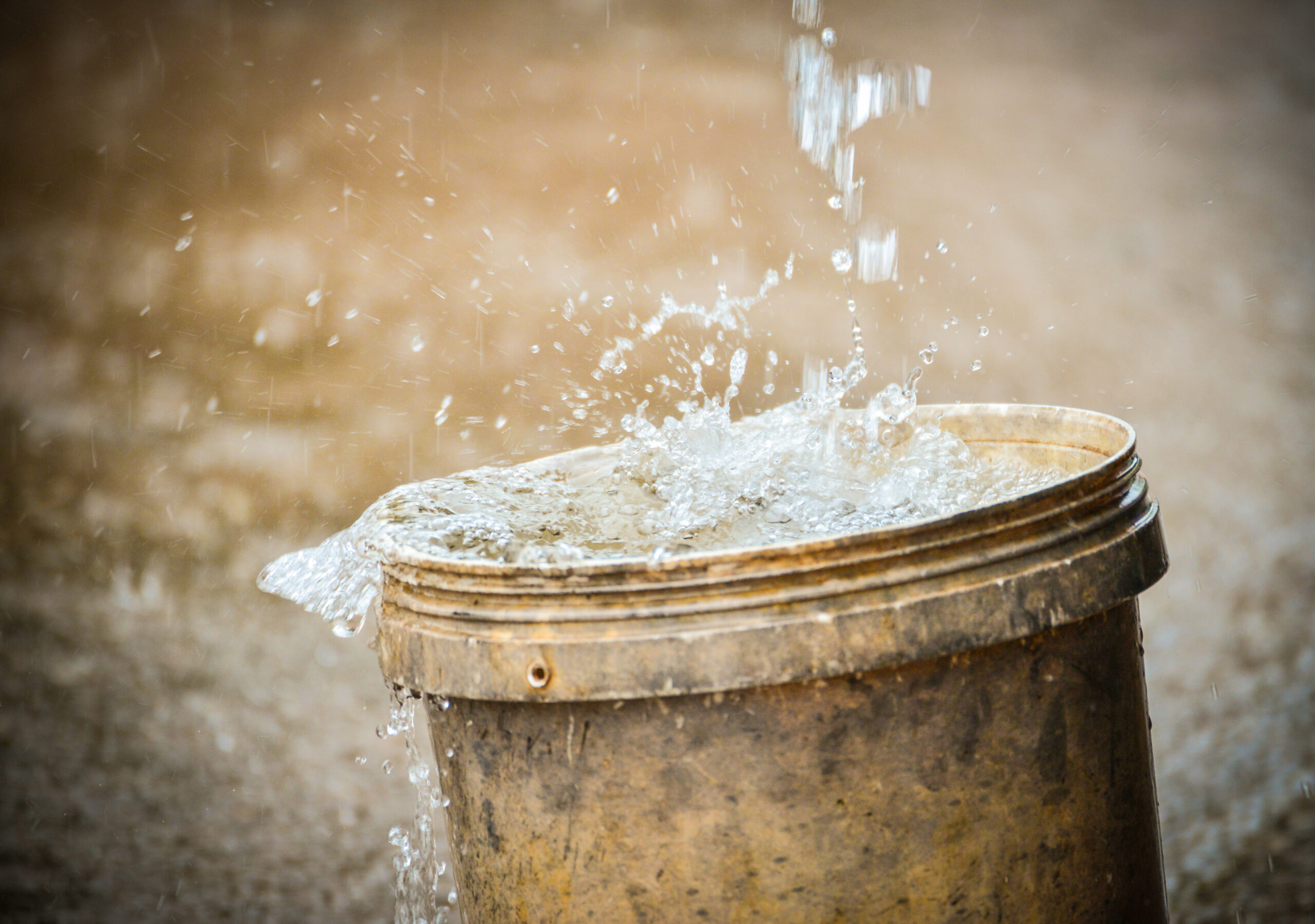Humankind’s search for new materials to use within the agricultural value chain continues to evolve. The evolution is spurred by various factors that influence material choice, such as processing cost, durability, rust resistance, strength, environmental friendliness, safety, simple fabrication, and cleaning ease among others.
Metals have played a pivotal role in agriculture from the first appearance of mechanisation in agriculture, and now plastic is becoming more popular for some purposes. According to Hansen Plastics, plastics have been utilised more prominently in the agricultural sector since the 1940s when a horticulturist, at the University of Kentucky, EM Emmert, discovered that plastic film could be used to protect crops and produce higher yields.
Plastic became more advanced since then, and its use increased due to the fact that plastic is lightweight and durable, corrosion-resistant, easy to shape and mould, cost effective and recyclable.

The most common use of plastics is for protected cultivation, nets, piping, irrigation/drainage systems, and packaging. For protected cultivation plastic can be found in greenhouses, tunnels, mulching, nursery films, direct covering and for covering vineyards and orchards. Plastic is also used for an array of nets: anti-hail, anti-bird, as windbreaks, for shading, and for olive and nut picking.
In piping and irrigation/drainage systems plastics are used in water reservoirs, channel linings, irrigation tapes and pipes, micro-irrigation and drippers. In packaging they are used for fertiliser bags, agrochemical cans, tanks for liquid storage, and for crates. Other areas of use are in silage films, fumigation films, bale twines, nursery pots and for strings and ropes, cages, tree guards, pond liners and ear tags for livestock. The common types of plastic employed in some of these agricultural sectors are ethylene-vinyl acetate copolymer (EVA), polyethylene (PE), polycarbonate (PC), polypropylene (PP), polyvinyl chloride (PVC) and polymethyl-methacrylate (PMMA). EVA is a copolymer of ethylene and vinyl acetate.
Increasing the percentage of vinyl acetate increases the polarity, increases filler acceptance, reduces stiffness, reduces the melting temperature, increases clarity and gloss, and improves adhesion to polar substrates. These traits make it usable for high and low tunnel coverings. PE is a light, versatile synthetic resin made from the polymerisation of ethylene. Polyethylene is a member of the important family of polyolefin resins. Its use in affordable and flexible plastic film in plastic mulch is attributed to its soft and malleable or hard and tough properties, an incredibly flexible nature. PC is perfect for greenhouse glazing applications.
This use corresponds to its transparency, excellent toughness, thermal stability and a very good dimensional stability. It can maintain rigidity up to 140 °C and toughness down to -20 °C, or special grades even lower. It is also thermally resistant up to 135 °C and rated as slow burning. According to the British Plastic Federation, polycarbonate is most commonly formed with the reaction of bis-phenol (produced through the condensation of phenol with acetone under acidic conditions) with carbonyl chloride in an interfacial process.
PC falls into the polyester family of plastics. PP is used for bulk bags to store and transport crops and other materials. It is a type of polyolefin which is slightly harder than polyethylene. Its low density and high heat resistance are its strongest traits for use. PVC is a polymer in which more than half of the content by weight consists of chlorine. PVC is produced by polymerisation of the vinyl chloride monomer and it comes in two basic forms: Rigid (sometimes abbreviated as RPVC) and flexible.
The rigid form is the one commonly used for tubing in irrigation and hydroponic systems. PMMA is a thermoplastic synthetic polymer which displays superior characteristics such as transparency, good tensile strength, and can be processed easily. Its performance can be improved by surface engineering via the use of functionalised thin film coatings, resulting in its versatility across a host of applications, including energy harvesting, dielectric layers and water purification. The increased use of plastic has also improved research into its new forms. For example, according to Becken (2018) bioplastics are finding their way into the production of agricultural equipment.

Over the past decade, major manufacturers such as John Deere and International Harvester have transitioned both cosmetic and functional components from sheet metal to plastics and bioplastics, with very good results. As this use of plastics in agriculture continues to increase, it is important that their manufacturing, transportation, use, disposal and recycle/reuse are properly done.
The optimum and proper exploitation of their physical and chemical characteristics can significantly improve the agricultural value chain.
References
Agricultural films are used to protect crops and Plants. Available at: https://i.imgur.com/2cKfar1.jpg
Reed, B. (2021) Best metal for agriculture. Available at: https://www. fairlawntool.com/blog/best-metalfor-agriculture/
From Metal to Plastic: Why the agricultural industry is making the switch. (2022) Available at: https://www.hansenplastics.com/ from-metal-to-plastic-why-theagricultural-industry-is-makingthe-switch/
The history and uses of farm plastic & plasticulture. (2022) Available at: https://www.acplasticsinc.com/ informationcenter/r/history-of-agricultural-plasticethylene vinyl acetate copolymer (EVA). Available at: https://www. entecpolymers.com/products/resin-types/ethylene-vinyl-acetatecopolymer-eva
Polyethene. (2022) Available at: https://matmatch.com/learn/material/polyethylene
Polyvinyl-chloride. (2022) Available at: https://www.sciencedirect. com/topics/materials-science/ polyvinyl-chloride
Polycarbonate. (2022) Available at: https://www.bpf.co.uk/plastipedia/ polymers/
Polycarbonate.aspx Available at: https://omnexus. specialchem.com/selection-guide/ polypropylene-pp-plastic Assessment of agricultural plastics and their sustainability a call for action.
Food And Agriculture Organization of the United Nations (2021) Available at: https://www. fao.org/3/cb7856en/cb7856en.pdf
Forte, M. A., Silva, R. M., Tavares, C. J., Silva R. F. Is poly (methyl methacrylate) (PMMA) a suitable substrate for ALD: A review.
Polymers 2021, 13(8), Available at: https://doi.org/10.3390/polym13081346
Becken, B. (2018) Plastics, bioplastics augment and replace metal parts in farming machinery. Available at: https://exclusive.multibriefs. com/content/plastics-bioplasticsaugment-and-replace-metal-partsin-farming-machinery/engineering

